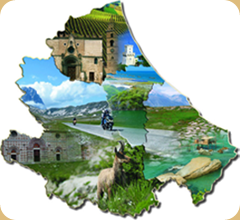 Abruzzo is located in central Italy, stretching from the heart of the Apennines to the Adriatic Sea, on a mainly mountainous and wild land. The mountainous inland is occupied by a vast plateau whose highest peaks are the Gran Sasso (2,912 m) and Mount Majella (2,793 m). The Adriatic coastliine is characterized by long and sandy beaches to the north and pebbly beaches to the south.
Abruzzo is located in central Italy, stretching from the heart of the Apennines to the Adriatic Sea, on a mainly mountainous and wild land. The mountainous inland is occupied by a vast plateau whose highest peaks are the Gran Sasso (2,912 m) and Mount Majella (2,793 m). The Adriatic coastliine is characterized by long and sandy beaches to the north and pebbly beaches to the south.
Abruzzo is a region in Italy, its western border lying less than 50 miles (80 km) due east of Rome. Abruzzo borders the region of Marche to the north, Lazio to the west and south-west, Molise to the south-east, and the Adriatic Sea to the east. Although it is geographically more of a central than southern region, ISTAT (the Italian statistical authority) considers it part of Southern Italy, a vestige of Abruzzo's historic association with the Kingdom of the Two Sicilies.
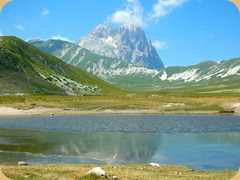 The Abruzzo region has two types of climate: the first is strongly influenced by the presence of Abruzzo's Apennine Mountain range-Central, dividing the climate of the coastal and sub-Apennine hills of the interior mountain ranges of the highest; while coastal areas have a Mediterranean climate with hot and dry summers and mild winters and rainy hills presenting the climatic characteristics of type sublittoral where temperatures decrease progressively with increasing altitude and precipitation with altitude instead. Precipitation also strongly affected by the presence of the Apennine mountain ridges of the region increases with the proportion being more abundant in the field and on the slopes exposed to the west, instead of decreasing towards the east and east-facing slopes.
The Abruzzo region has two types of climate: the first is strongly influenced by the presence of Abruzzo's Apennine Mountain range-Central, dividing the climate of the coastal and sub-Apennine hills of the interior mountain ranges of the highest; while coastal areas have a Mediterranean climate with hot and dry summers and mild winters and rainy hills presenting the climatic characteristics of type sublittoral where temperatures decrease progressively with increasing altitude and precipitation with altitude instead. Precipitation also strongly affected by the presence of the Apennine mountain ridges of the region increases with the proportion being more abundant in the field and on the slopes exposed to the west, instead of decreasing towards the east and east-facing slopes.
Often the Adriatic coast are sidelined rainfall from the west to the barrier effect of the Apennines undergoing the action of gentle winds descending from it (or Libeccio Garbino). The minimum annual rainfall, however, are found in some inland valleys, sheltered from much disturbance to the blocking action of mountain ridges, such as the Valley Peligna, or the valley of the river Tirino, which in some places (Ofena, Capistrano) showed barely 500 mm, and not along the coast where it never falls below 600 mm, for if the Teramo is relatively little watered by rain (Teramo less than 800 mm), the meter is exceeded in Chieti, reaching maximum levels in the Adriatic, while between Ortona and Vasto in Costa Trabocchi decrease again. The highest rainfall is found instead in upland places on the border with Lazio, are especially vulnerable to disturbances Atlantic, and are around 1500–2000 mm (Pescara in 2010 showed a value close to 2800 mm)
source: Immagini d’Italia

Custom Search
If you liked this article, subscribe to the feed by clicking the image below to keep informed about new contents of the blog:



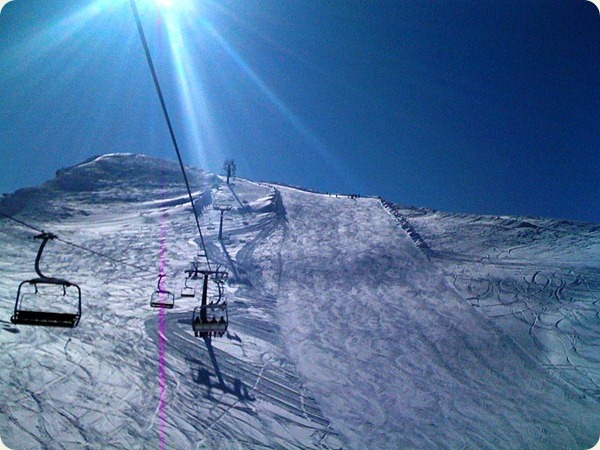
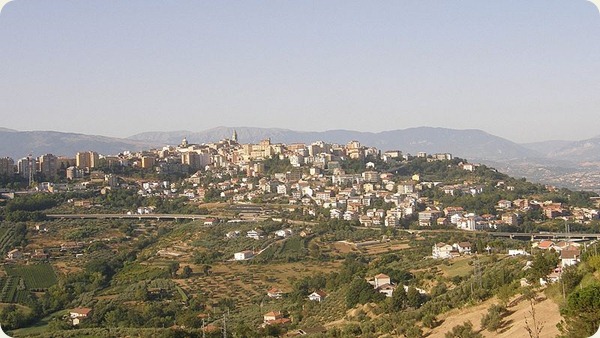

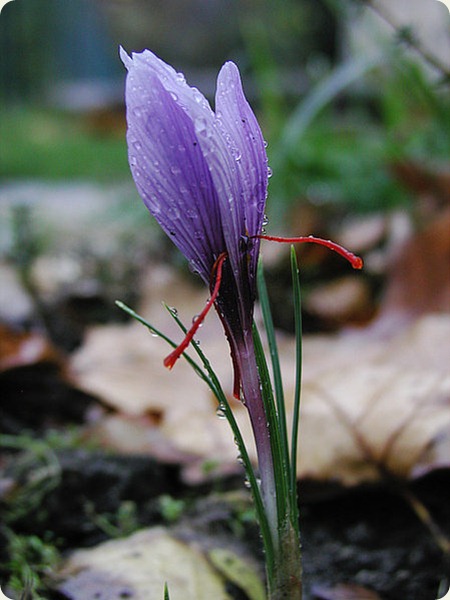
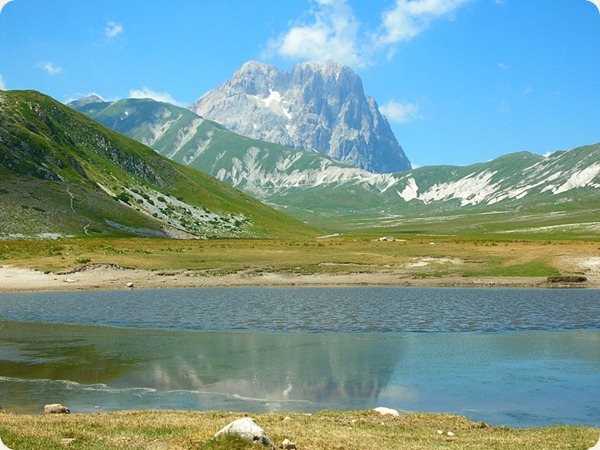

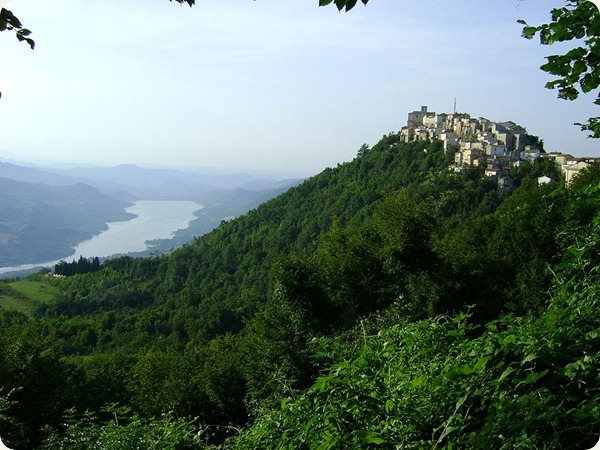
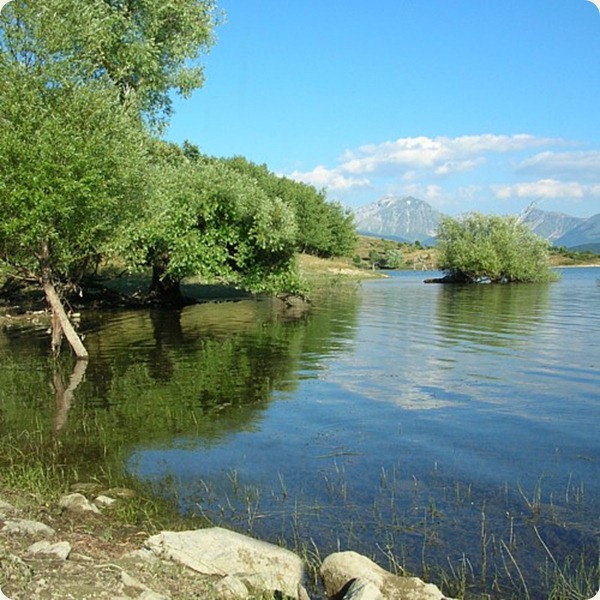

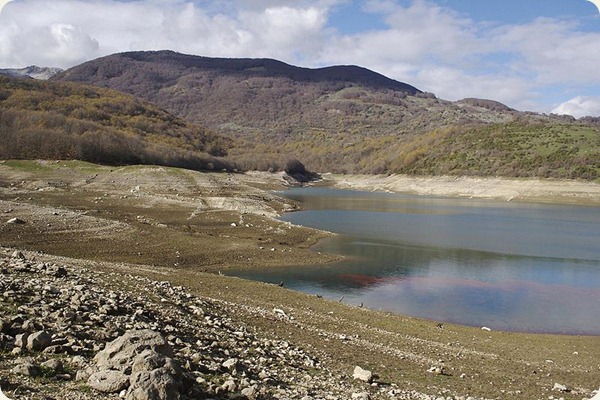
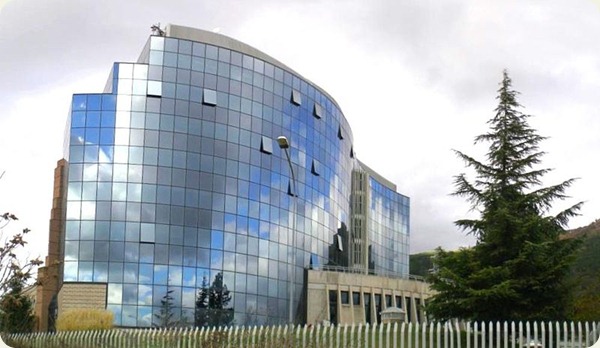
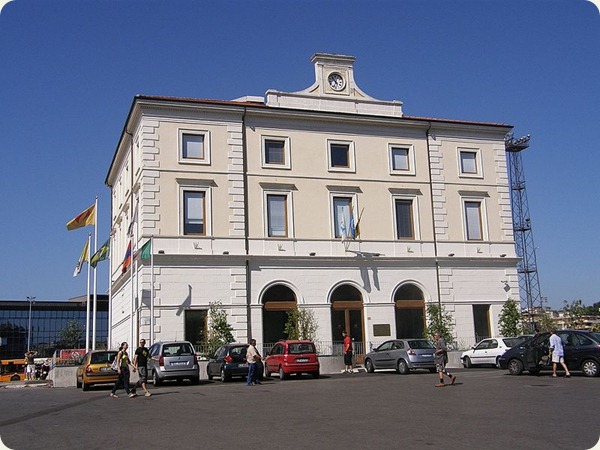
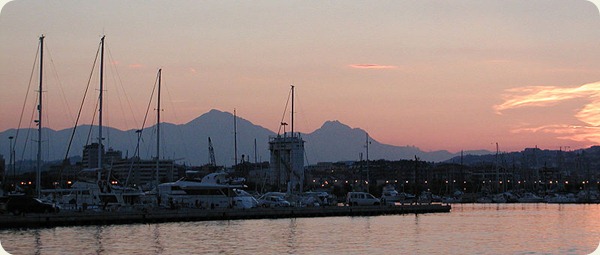
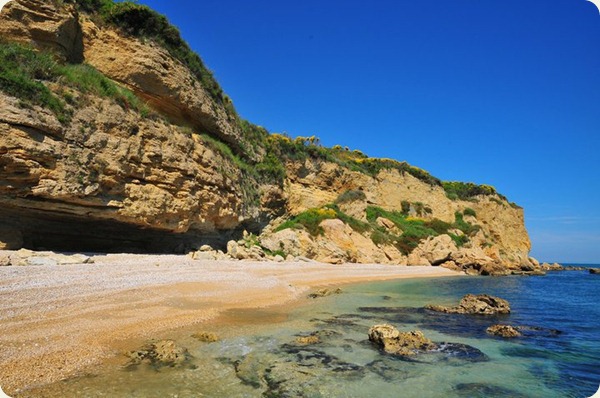



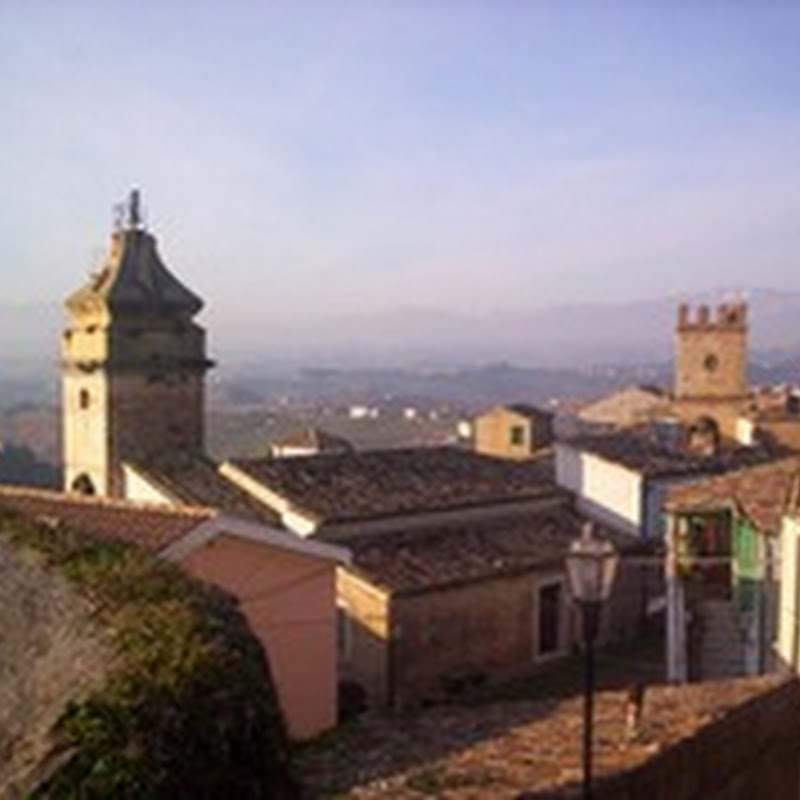








0 commenti:
Post a Comment